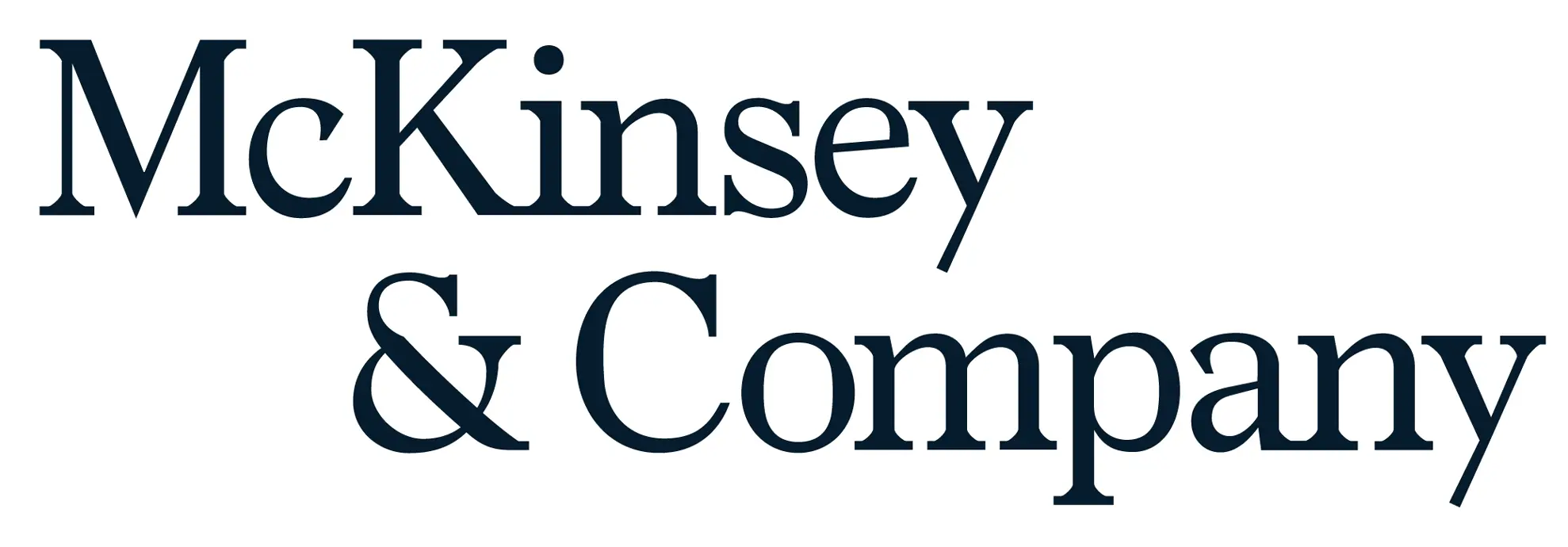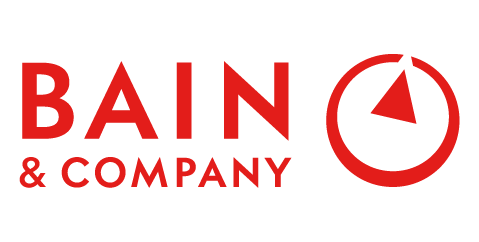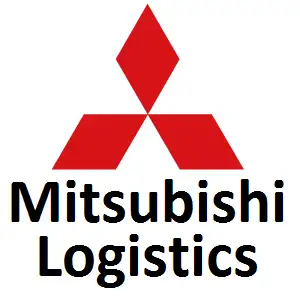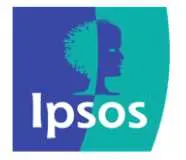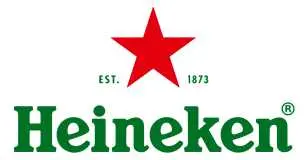
LEO Terminals Market Trends, Size, Growth Drivers, Demand Future Opportunities
LEO Terminal Market Growth, Size, Trends Analysis - By Vertical, By Platform, By Frequency Band - Regional Outlook, Competitive Strategies and Segment Forecast to 2034
| Published: Feb-2025 | Report ID: IACT2516 | Pages: 1 - 220 | Formats*: |
| Category : Information & Communications Technology | |||
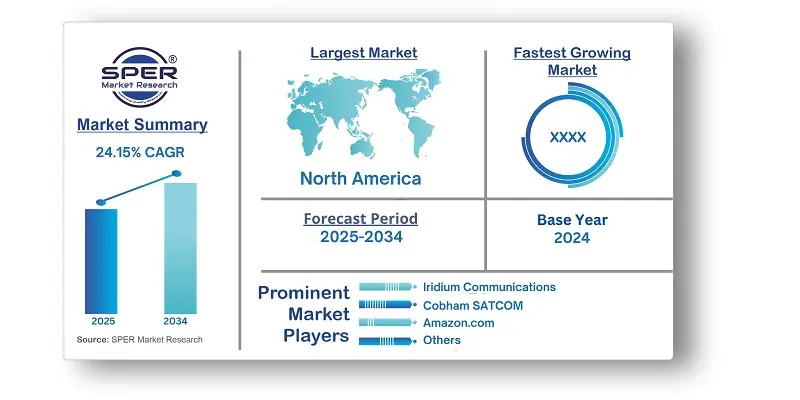
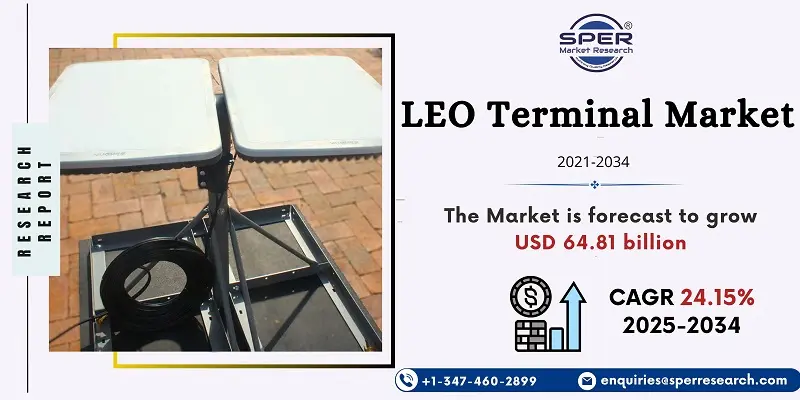
- In May 2024, the launch of Avanti Communications' LEO satellite relationship services in South Africa has been revealed by the multinational multi-orbit satellite technology provider. To provide smooth LEO connectivity from Eutelsat OneWeb, Avanti teamed up with Q-KON, a top satellite engineering company in southern Africa.
- In July 2023, The US Federal Trade Commission has given its approval for L3Harris Technologies to complete its acquisition of Aerojet Rocketdyne.
- In June 2023, SpaceXs Starlink satellite unit gets funding from the US government to provide Ukrainian military with services and equipment. The money from the Ukraine Security Assistance Initiative is probably going to be used to buy the terminals.
| Report Metric | Details |
| Market size available for years | 2021-2034 |
| Base year considered | 2024 |
| Forecast period | 2025-2034 |
| Segments covered | By Vertical, By Platform, By Frequency Band. |
| Regions covered | North America, Latin America, Asia-Pacific, Europe, and Middle East & Africa. |
| Companies Covered | Amazon.com, Inc., Cobham SATCOM, Globalstar, Hughes Network Systems, Inmarsat, Iridium Communications, Kymeta Corporation, L3Harris Technologies, OneWeb, SES S.A., SpaceX (Starlink), ST Engineering iDirect, Telesat, Thales Alenia Space, Viasat, Inc. and others. |
- Global LEO Terminal Market Size (FY’2021-FY’2034)
- Overview of Global LEO Terminal Market
- Segmentation of Global LEO Terminal Market By Vertical (Commercial, Government and defense)
- Segmentation of Global LEO Terminal Market By Platform (fixed satellite services (FSS), Mobile satellite services (MSS), Broadcast satellite services (BSS))
- Segmentation of Global LEO Terminal Market By Frequency Band (Ku-band, Ka-band, X-band, S-band, L-band)
- Statistical Snap of Global LEO Terminal Market
- Expansion Analysis of Global LEO Terminal Market
- Problems and Obstacles in Global LEO Terminal Market
- Competitive Landscape in the Global LEO Terminal Market
- Details on Current Investment in Global LEO Terminal Market
- Competitive Analysis of Global LEO Terminal Market
- Prominent Players in the Global LEO Terminal Market
- SWOT Analysis of Global LEO Terminal Market
- Global LEO Terminal Market Future Outlook and Projections (FY’2025-FY’2034)
- Recommendations from Analyst
1.1. Scope of the report1.2. Market segment analysis
2.1. Research data source
2.1.1. Secondary Data2.1.2. Primary Data2.1.3. SPERs internal database2.1.4. Premium insight from KOLs
2.2. Market size estimation
2.2.1. Top-down and Bottom-up approach
2.3. Data triangulation
4.1. Driver, Restraint, Opportunity and Challenges analysis
4.1.1. Drivers4.1.2. Restraints4.1.3. Opportunities4.1.4. Challenges
5.1. SWOT Analysis
5.1.1. Strengths5.1.2. Weaknesses5.1.3. Opportunities5.1.4. Threats
5.2. PESTEL Analysis
5.2.1. Political Landscape5.2.2. Economic Landscape5.2.3. Social Landscape5.2.4. Technological Landscape5.2.5. Environmental Landscape5.2.6. Legal Landscape
5.3. PORTERs Five Forces
5.3.1. Bargaining power of suppliers5.3.2. Bargaining power of buyers5.3.3. Threat of Substitute5.3.4. Threat of new entrant5.3.5. Competitive rivalry
5.4. Heat Map Analysis
6.1. Global LEO Terminal Market Manufacturing Base Distribution, Sales Area, Product Type6.2. Mergers & Acquisitions, Partnerships, Product Launch, and Collaboration in Global LEO Terminal Market
7.1. Commercial7.2. Government and defense
8.1. Fixed satellite services (FSS)8.2. Mobile satellite services (MSS)8.3. Broadcast satellite services (BSS)
9.1. Ku-band9.2. Ka-band9.3. X-band9.4. S-band9.5. L-band
10.1. Global LEO Terminal Market Size and Market Share
11.1. Asia-Pacific
11.1.1. Australia11.1.2. China11.1.3. India11.1.4. Japan11.1.5. South Korea11.1.6. Rest of Asia-Pacific
11.2. Europe
11.2.1. France11.2.2. Germany11.2.3. Italy11.2.4. Spain11.2.5. United Kingdom11.2.6. Rest of Europe
11.3. Middle East and Africa
11.3.1. Kingdom of Saudi Arabia11.3.2. United Arab Emirates11.3.3. Qatar11.3.4. South Africa11.3.5. Egypt11.3.6. Morocco11.3.7. Nigeria11.3.8. Rest of Middle-East and Africa
11.4. North America
11.4.1. Canada11.4.2. Mexico11.4.3. United States
11.5. Latin America
11.5.1. Argentina11.5.2. Brazil11.5.3. Rest of Latin America
12.1. Amazon.com, Inc.
12.1.1. Company details12.1.2. Financial outlook12.1.3. Product summary12.1.4. Recent developments
12.2. Cobham SATCOM
12.2.1. Company details12.2.2. Financial outlook12.2.3. Product summary12.2.4. Recent developments
12.3. Globalstar
12.3.1. Company details12.3.2. Financial outlook12.3.3. Product summary12.3.4. Recent developments
12.4. Hughes Network Systems
12.4.1. Company details12.4.2. Financial outlook12.4.3. Product summary12.4.4. Recent developments
12.5. Inmarsat
12.5.1. Company details12.5.2. Financial outlook12.5.3. Product summary12.5.4. Recent developments
12.6. Iridium Communications
12.6.1. Company details12.6.2. Financial outlook12.6.3. Product summary12.6.4. Recent developments
12.7. Kymeta Corporation
12.7.1. Company details12.7.2. Financial outlook12.7.3. Product summary12.7.4. Recent developments
12.8. L3Harris Technologies
12.8.1. Company details12.8.2. Financial outlook12.8.3. Product summary12.8.4. Recent developments
12.9. OneWeb
12.9.1. Company details12.9.2. Financial outlook12.9.3. Product summary12.9.4. Recent developments
12.10. SES S.A.
12.10.1. Company details12.10.2. Financial outlook12.10.3. Product summary12.10.4. Recent developments
12.11. Others
SPER Market Research’s methodology uses great emphasis on primary research to ensure that the market intelligence insights are up to date, reliable and accurate. Primary interviews are done with players involved in each phase of a supply chain to analyze the market forecasting. The secondary research method is used to help you fully understand how the future markets and the spending patterns look likes.
The report is based on in-depth qualitative and quantitative analysis of the Product Market. The quantitative analysis involves the application of various projection and sampling techniques. The qualitative analysis involves primary interviews, surveys, and vendor briefings. The data gathered as a result of these processes are validated through experts opinion. Our research methodology entails an ideal mixture of primary and secondary initiatives.
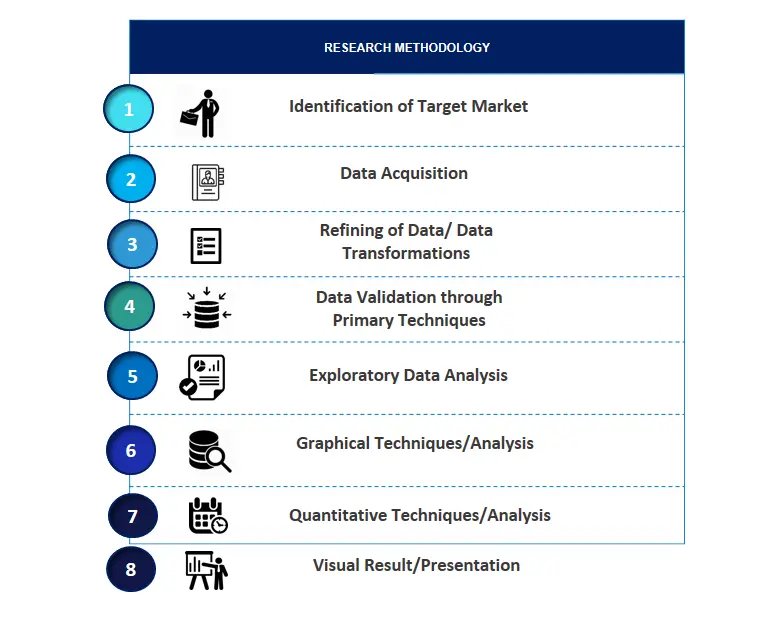
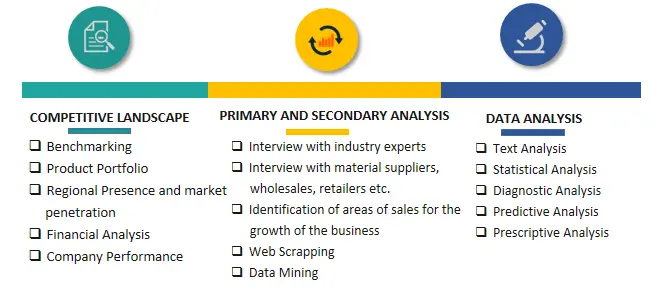

Frequently Asked Questions About This Report
PLACE AN ORDER
Year End Discount
Sample Report
Pre-Purchase Inquiry
NEED CUSTOMIZATION?
Request CustomizationCALL OR EMAIL US
100% Secure Payment
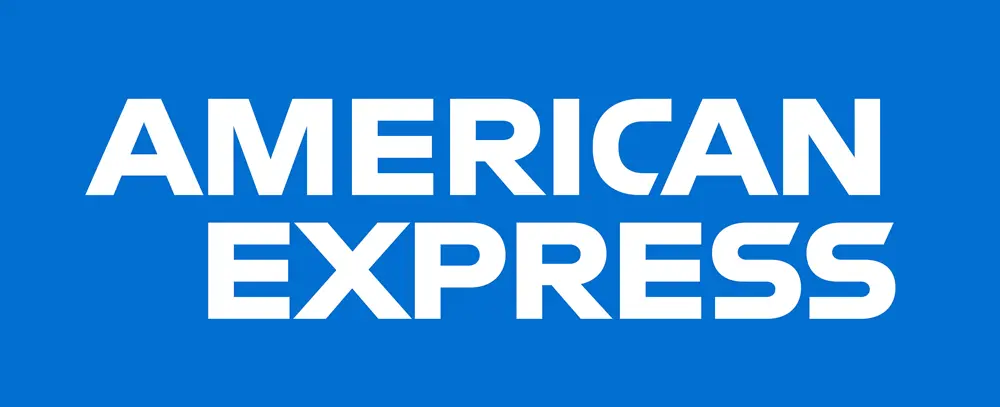


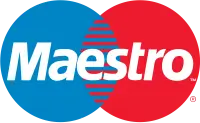


Related Reports
Our Global Clients
Our data-driven insights have influenced the strategy of 200+ reputed companies across the globe.






